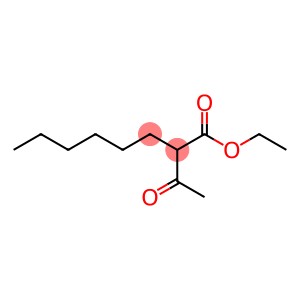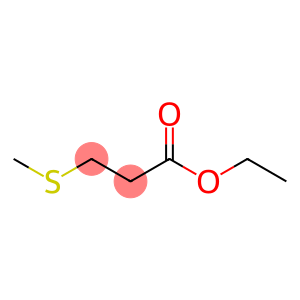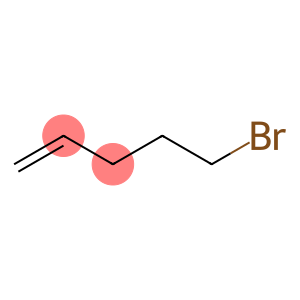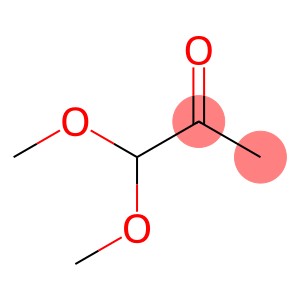Quinolin-5-ol(CAS# 578-67-6)
| Hazard Symbols | Xi – Irritant |
| Risk Codes | 36/37/38 – Irritating to eyes, respiratory system and skin. |
| Safety Description | S26 – In case of contact with eyes, rinse immediately with plenty of water and seek medical advice. S36 – Wear suitable protective clothing. |
| WGK Germany | 3 |
| RTECS | VC4100000 |
| HS Code | 29334900 |
| Hazard Note | Irritant |
Introduction
5-Hydroxyquinoline, also known as 5-hydroxyquinoline, is an organic compound. The following is an introduction to the properties, uses, preparation methods and safety information of 5-hydroxyquinoline:
Quality:
Appearance: 5-Hydroxyquinoline is a colorless crystalline solid.
Solubility: It has low solubility in water and is soluble in organic solvents such as ethanol, acetone, and dimethylformamide.
Stability: It is relatively stable at room temperature, but in the presence of strong acids or bases, reactions may occur.
Use:
Chemical reagents: 5-hydroxyquinoline can be used as a chemical reagent to play the role of a catalyst in organic synthesis.
Organic synthesis: 5-hydroxyquinoline can be used as an intermediate to participate in the synthesis of other organic compounds.
Method:
5-Hydroxyquinoline can be prepared by reacting quinoline with hydrogen peroxide. The specific preparation method is as follows:
Hydrogen peroxide (H2O2) is slowly added to the quinoline solution.
At a lower temperature (usually 0-10 degrees Celsius), the reaction proceeds for a period of time.
5-hydroxyquinoline is formed during the process, which can be filtered, washed, and dried to obtain the final product.
Safety Information:
5-Hydroxyquinoline generally does not have significant toxicity to humans under conventional use conditions, but it is still necessary to operate with caution to avoid direct contact with the skin, eyes or inhalation of its dust.
Appropriate personal protective equipment such as laboratory gloves, safety glasses, etc., should be worn during preparation or handling.
When storing and handling, it should be kept away from ignition and oxidants.
When a leak is encountered, appropriate measures should be taken to clean it up and dispose of it.








